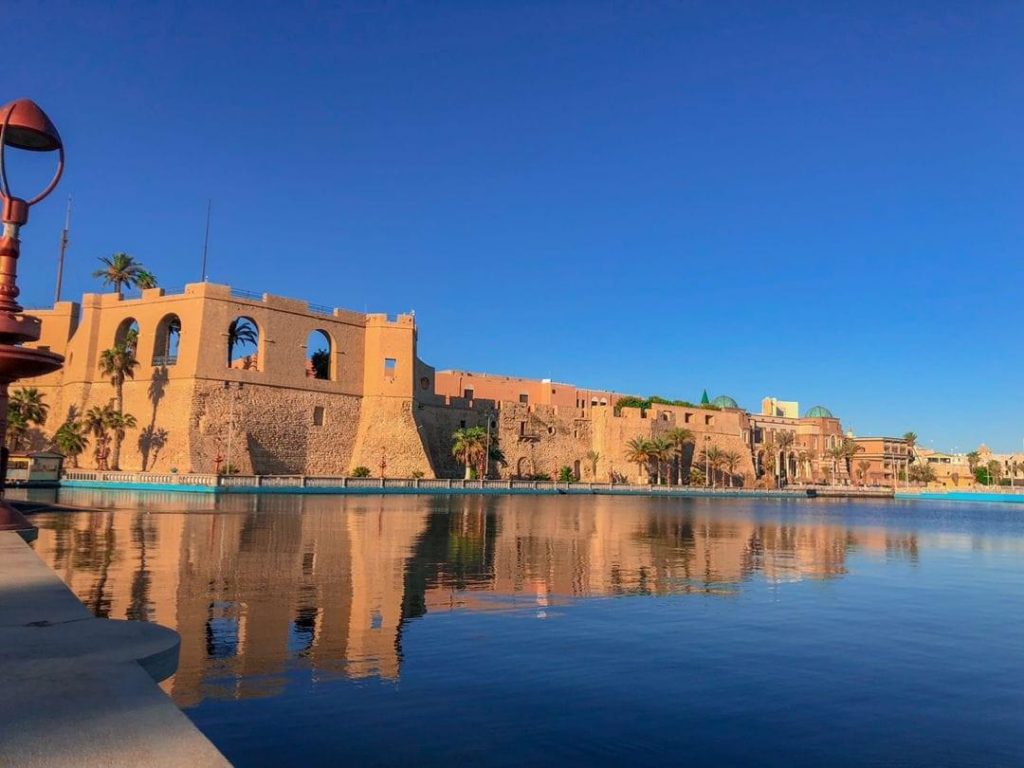Fun Facts About Libya You Probably Didn’t Know
Libya is an incredible country with a long history. Despite the current conflicts, the country is a beautiful place with a rich culture. Libyans are known for being warm and welcoming, with hospitality being very important in Libyan culture. There are so many facts about Libya that make the country unique, the following are just a few of them.



















